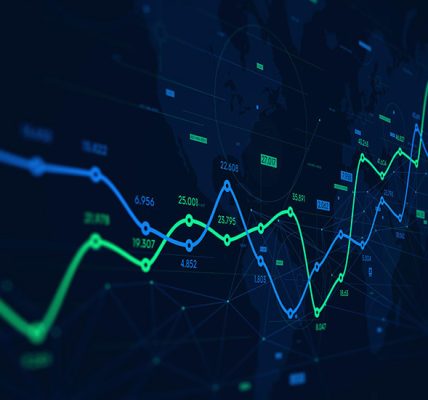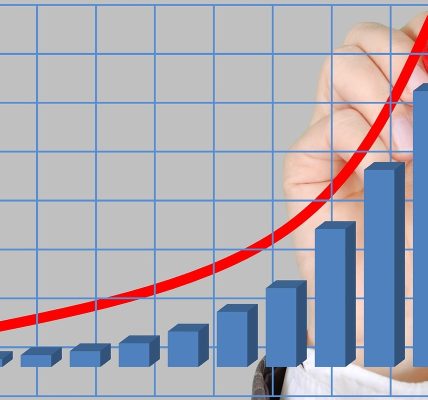China’s recent ban on exports of critical minerals – including gallium, germanium, antimony and superhard materials – has sparked discussions about potential opportunities for Australia. However, the scale and timing of these benefits remain uncertain, according to AMP chief economist Shane Oliver.
The ban, announced by China’s Ministry of Commerce last week, also includes tighter controls on the export of dual-use graphite materials.
Those measures came just a day after the outgoing Biden administration introduced new export controls and sanctions aimed at curbing the sale of advanced American microchips and semiconductor manufacturing technology to China.
China’s “swift response” is seen as retaliation against the US, marking a significant shift to a more assertive stance compared to previous years.
According to Oliver, this shows that global trade conflicts are “on the rise”.
“I think in a broader sense, it highlights that the trade conflict is ongoing.” [rise] globally even before Donald Trump comes on the scene and they are likely to intensify,” Oliver told AlecNews.Com.
He noted that China’s current approach is more aggressive than in 2018.
“This is a warning that trade conflicts are increasing and [there] there will be more problems as we move into next year.”
China dominates global production of gallium and germanium, supplying 94 percent and 83 percent of these critical minerals, respectively, according to a European Union study of critical raw materials reported by Bloomberg News.
Gallium is essential for semiconductors, electric vehicles and wind generators, solar photovoltaics and batteries, while germanium has key applications in fiber optic systems, infrared optics, solar cell applications and LEDs.
According to the CSIRO, gallium and germanium are among Australia’s unsung critical minerals, and they, like many critical minerals, are not usually mined directly, but are byproducts of the processing of other minerals.
Although Australia’s production is currently limited, both minerals hold significant potential for Australia, the CSIRO notes.
Oliver agreed that China’s continued tensions with the US represented a long-term opportunity for Australia, but warned it would take time given the extended timelines for such projects.
“The short answer is, yes, there is an opportunity for Australia to supply these minerals, but it may take time to ramp up production,” Oliver said.
“It’s one of those things where we’re not as significant as the big producers like China, but it looks like there’s potential to increase it.”
The lack of data on the exact size of these resources in the country means that it is difficult to determine the size of these opportunities.
“It’s something that takes time and Australia can’t just jump in straight away,” he said, noting the potential was “relatively limited in the short term”.
Dr Chris Vernon, head of CSIRO’s critical minerals research and development centre, said earlier this year that gallium and germanium were attracting attention because of their strategic importance and China’s dominance of their production.
“However, there are many other critical mineral markets where Australia can play a role,” Vernon said in June.
“Australia’s potential in the critical minerals market is enormous. Especially now that lesser-known minerals like gallium and germanium play a central role in modern technology and renewable energy.”
Shares in Australia’s Lynas Rare Earths, the biggest producer of rare earth minerals outside China, jumped to a near three-week high last week after China announced the export ban.




